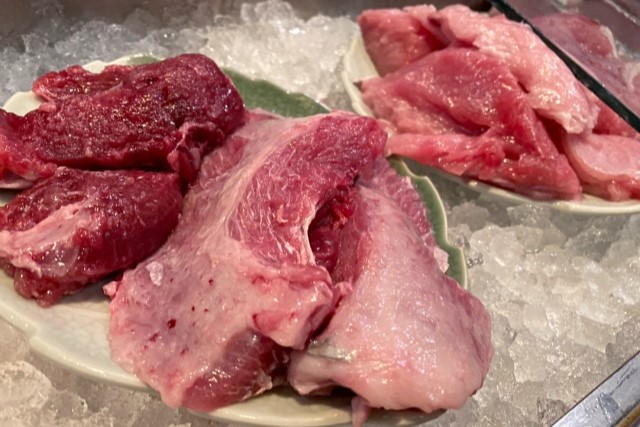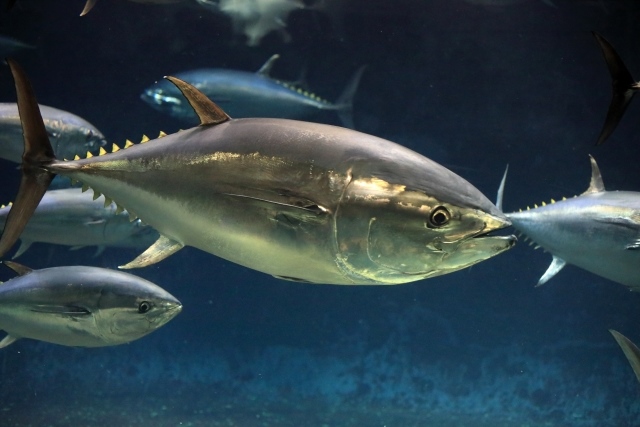Contents
Basic Information
In this part, we introduce tuna, the most popular fish used in sushi.
In Japan, tuna is the most popular fish. In fact, about 25% of all tuna caught worldwide is consumed in Japan. From expensive black tuna used in high-end sushi restaurants to cheap albacore tuna used in conveyor belt sushi restaurants, a variety of types of tuna are distributed as food.
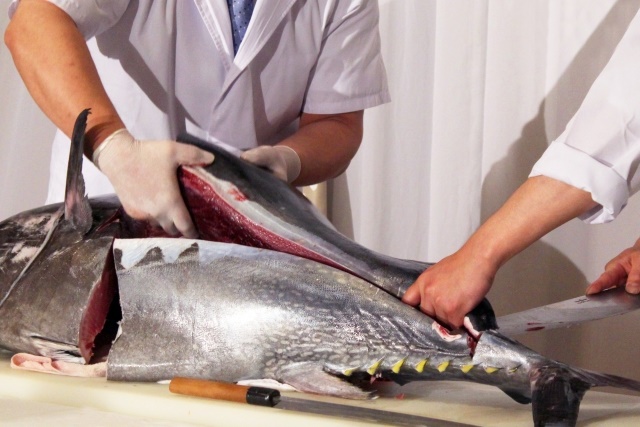
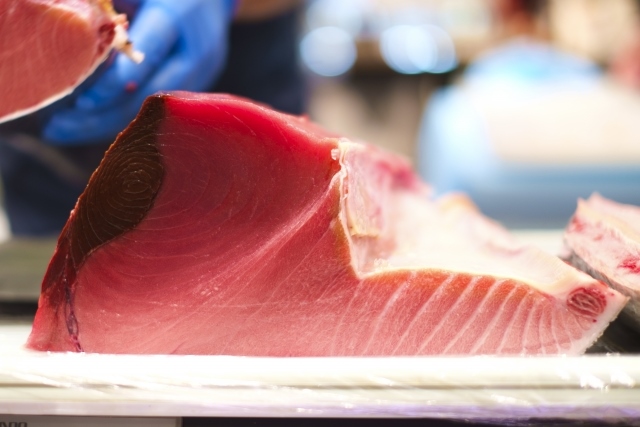
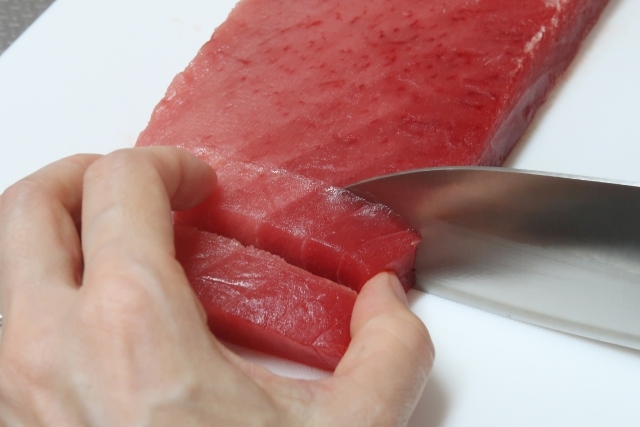
Typically, the captured tuna is frozen. It is then thawed and cut for sushi. In the era when there was no freezing technology, a method of preserving the body of tuna in soy sauce was born, and it is said that the origin of nigiri sushi began when people started to put it on white rice and eat it.
Otoro (Fatty Tuna)
The fatty part of the belly is called “Otoro”, and it is the most expensive part of tuna. In the era when there was no freezing technology, this part was prone to rot and was sometimes discarded.
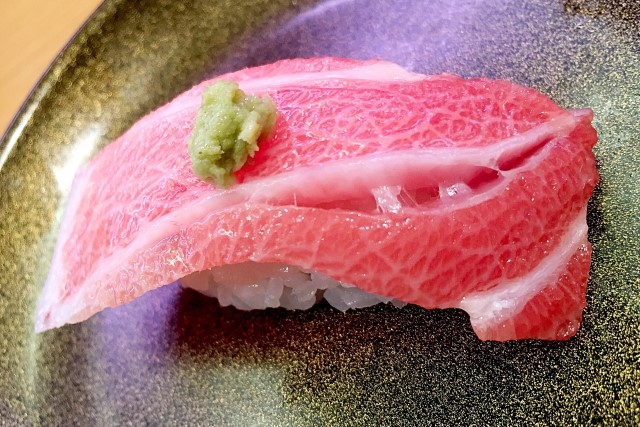
Chutoro (Medium Fatty Tuna)
This is the part that lies between Otoro and lean meat, with a moderate amount of fat. It is preferred by those who find Otoro too fatty. Since it exists not only in the belly but also in the back, it can be eaten at a more affordable price than Otoro.
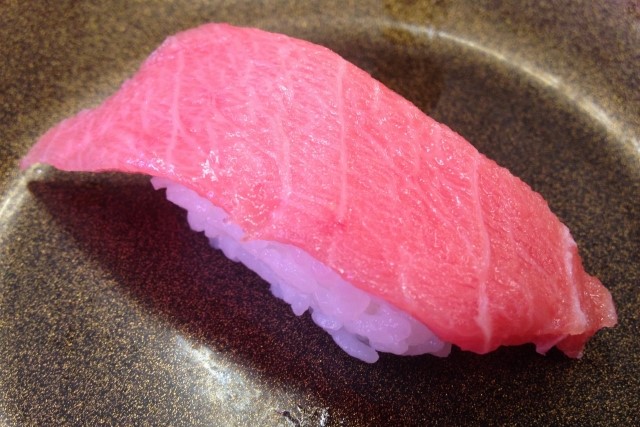
Akami (Lean Tuna)
This is mainly found in the back and allows you to taste the original flavor of tuna. It is more affordable than Otoro or Chutoro as it is available in larger quantities. Also, because it is low in fat, it is a healthy ingredient.
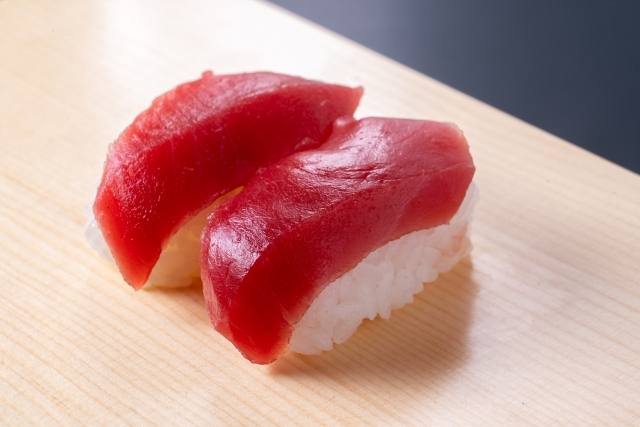
Negitoro (Minced Tuna)
The parts around the bone of the tuna and the parts attached to the skin are scraped off and collected, which is called “Negitoro”. Despite its low price, it allows you to taste the rich flavor of tuna, making it a popular part.
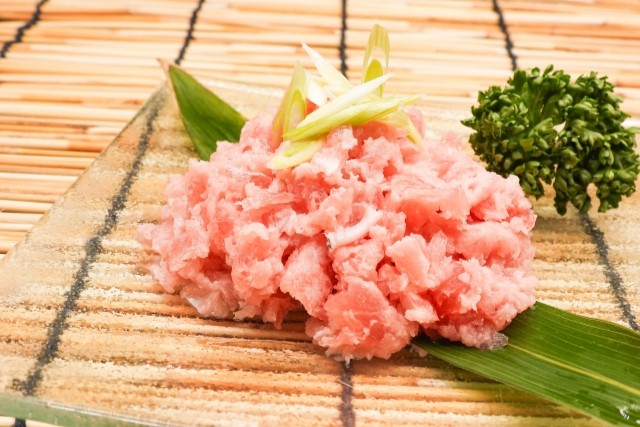
Hoho, Kama, Nouten (Cheek, Collar, Brain)
Although these are parts that are not commonly eaten, there are also edible parts in the head. Tuna’s cheek meat is elastic and has a texture similar to beef, so it is eaten as steak. Parts near the gills, called “Kama,” and the top of the head, called “Nouten,” offer unique textures.
